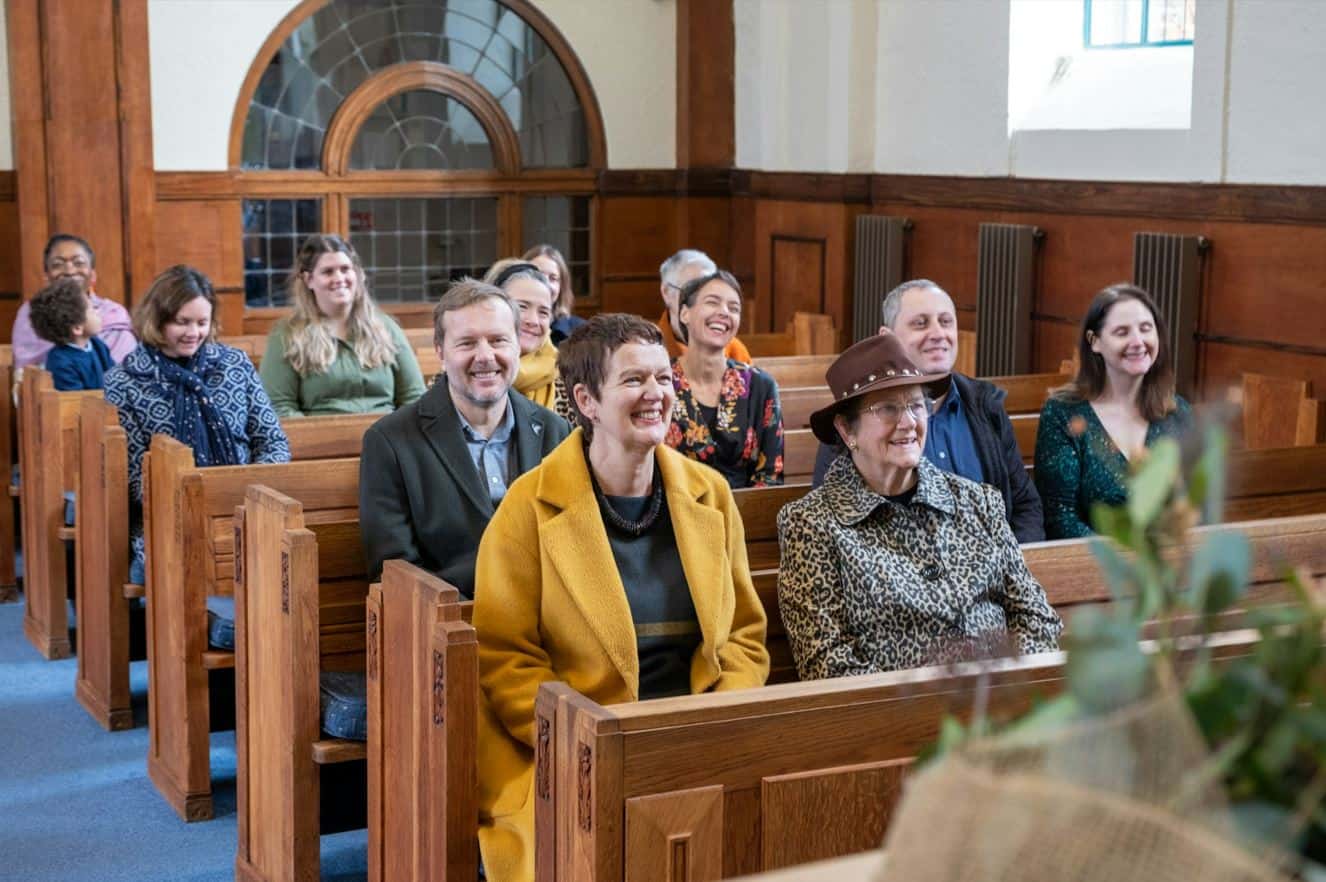
This is one of those “Frequently Asked Questions” or FAQs. The answer is very simple, and at the same time, very complex. Here it is: “Well, Yes and No”. An alternative answer, equally as helpful, is, “It all depends…”
So, there you have it. But depends on what, on tradition? Tradition says No; funerals are for showing respect for the deceased, and respect for those who are grieving the most over their loss. Fair point. But then tradition says you should be buried in your best clothes, with all your jewellery and treasures, surrounded by the bones of animals painted orange (the bones, not the animals). Tradition also saw a seafaring king buried with his entire 90ft ship, along with his many treasure troves. In some Asian countries, your coffin is tied onto the sides of cliffs and, of course, many cultures use the funeral pyre in a community gathering.
And what to wear? Black is the approved dress of the day, but traditionally mourners would wear black for several days, weeks and yes you guessed it, years. Except for countries where the tradition is to wear bright and flamboyant clothing. And you paid Professional Mourners to march in the funeral procession, except when people dance exuberantly to wild jazz at a New Orleans funeral.
I think you’re seeing a theme here. Funerals reflect the culture, the places, the society and the times of the people who live, and die, in them. And that’s as it should be. In the past, funerals were very sombre affairs, focused on mourning the death of the deceased. In modern times, they are more about celebrating the life of those who have died. And in a way, that has changed things from being focused on who they will be missing, to what will be missing from their own lives now that their loved one has gone; what that person brought to their lives – the adventures, the laughs, the ups and downs, the cherished little mannerisms, the annoying little habits…
Strangely enough, a celebration actually allows for some honesty that a more traditional ceremony doesn’t. At a fully traditional service, all of the person’s virtues and achievements are listed, and sometimes you can wonder if the speaker is talking about the same person that you knew. I took a funeral once where everyone knew the deceased to be, to use everyone’s phrase, “a grumpy old bugger”. In a more formal setting, we would have praised him for his kindness, patience and his wonderful work in the community… As I spent more time with the family, I was able to gauge what they could and couldn’t cope with, and what they would or wouldn’t benefit from. Accordingly, I started my celebrant’s address with, “It will come as no surprise that everyone knew John was a ‘Grumpy old bugger’”. And the place erupted with laughter. And the stories started, spontaneously, and everyone was now a whole lot more comfortable. And as the hilarity subsided, somebody said those magic words, “He was a Grumpy old bugger, but we loved him, didn’t we…” and that was the “Golden Moment” I was looking for. Not a dry eye in the house.
Because here’s the thing. Laughing and crying are not polar opposites. In fact, they are right next to each other. I’m sure you’ve heard the expression, “I laughed till I cried”. There it goes again; I hear a little bell in my head going “ting”; The Golden Moment. Laughing and crying are both expressions of emotions, and that is completely appropriate for a funeral.
Back in the day, everything in a funeral was orderly, dignified, well-rehearsed and well oiled; the form of the funeral was adhered to; but what about the function?
I think the function of funerals has changed; people still want to honour the person who has died, and they still want to support the immediate family; but they also come to the funeral because of their own grieving. They want someone else to put into words some of the feelings they can’t find words for themselves. They want to reminisce and relive some of those precious moments, and to hear other people’s stories. They want to be with others who are experiencing what they are, in a place where their emotions, the loss, the sorrow, the feelings of emptiness and numbness, are shared by the other people who are there. And that act of sharing somehow makes it okay to be feeling what they are feeling. And that’s a pretty good reason for a funeral.
So go ahead; celebrate with bright music, bright clothes, funny stories, if that is what you want – or what the loved one has asked for. Most people know how far is too far, and they know the difference between humour and disrespect. But maybe a word of advice; if the coffin is still in the room, please, no knock-knock jokes…